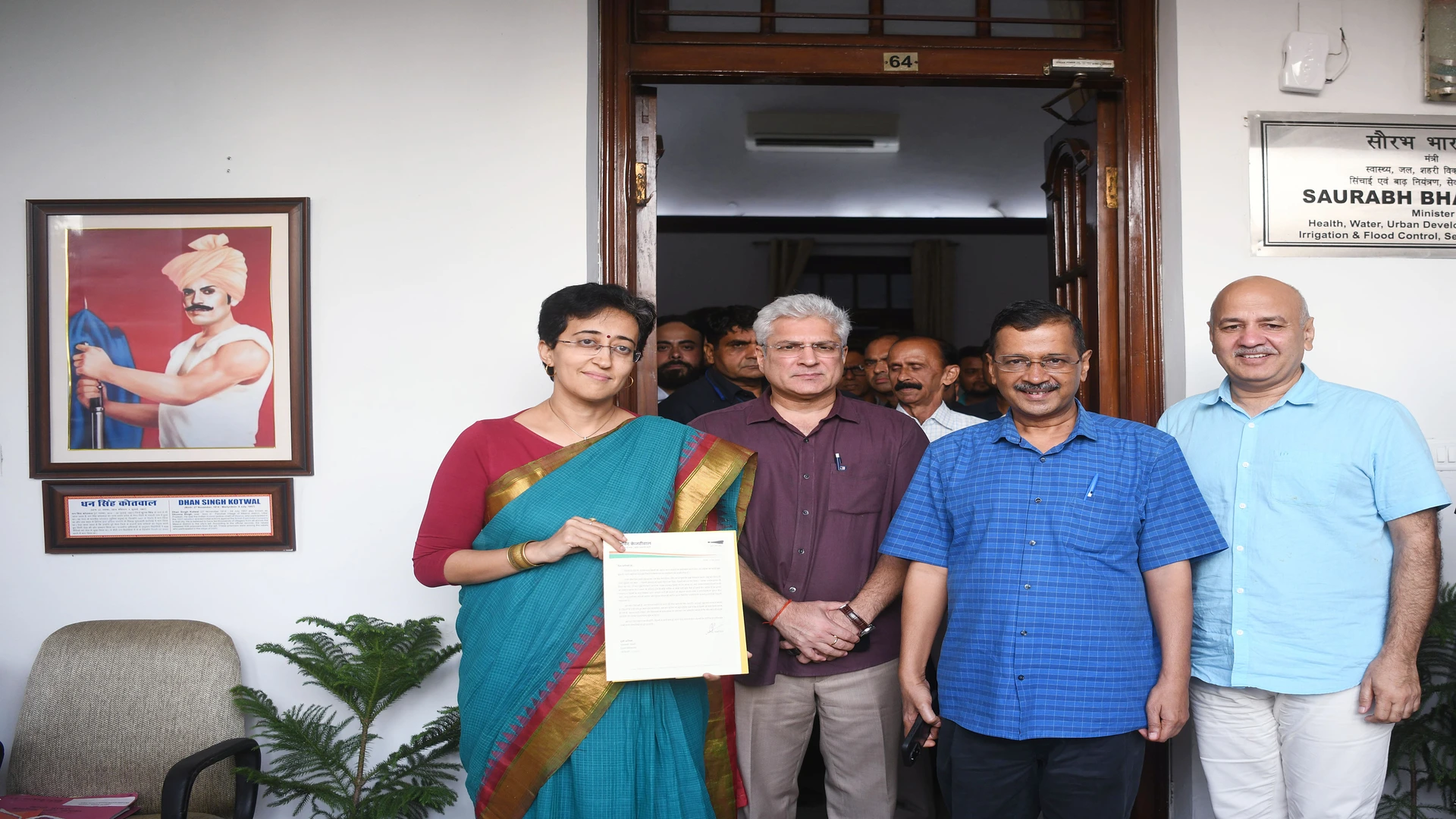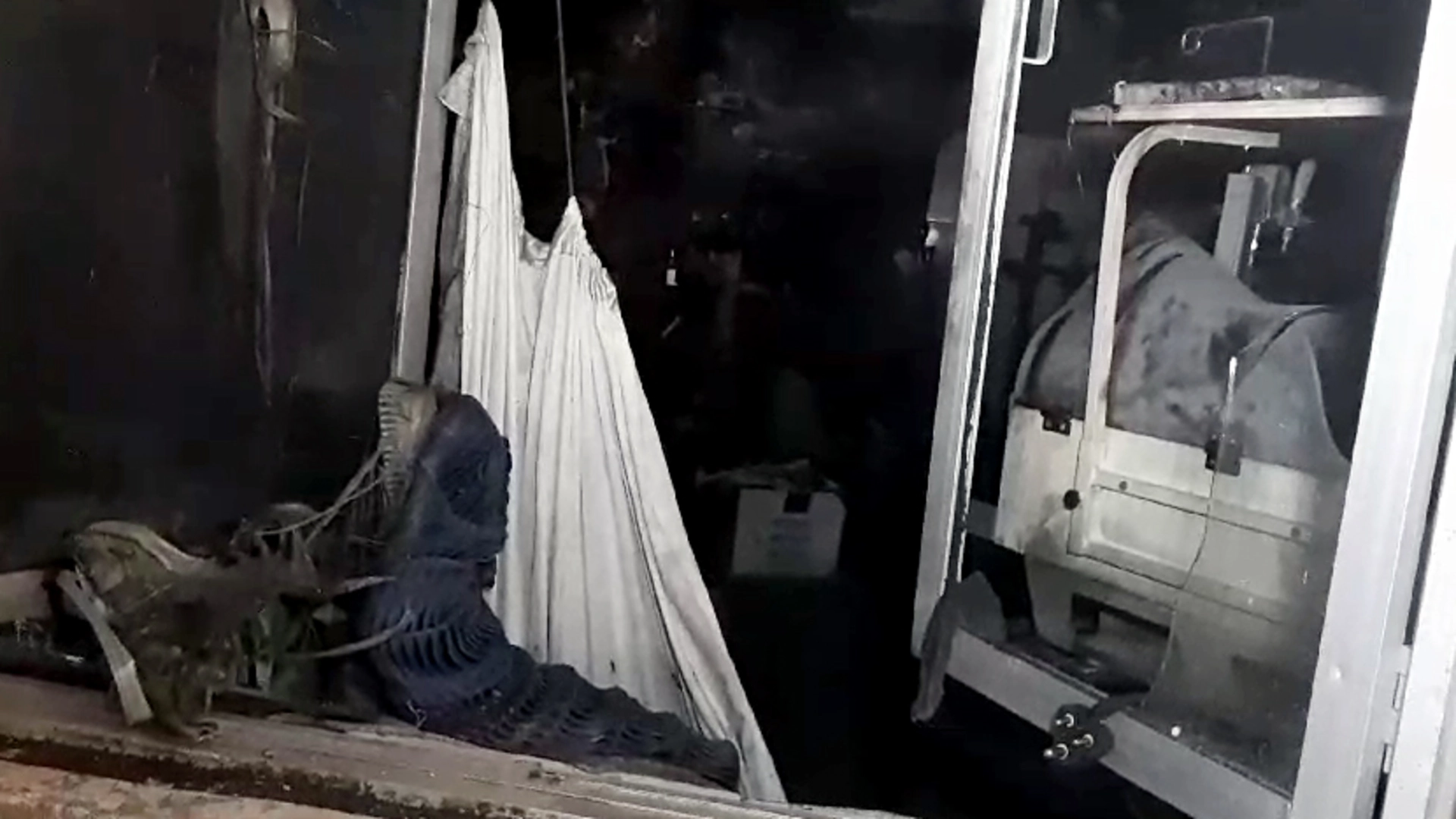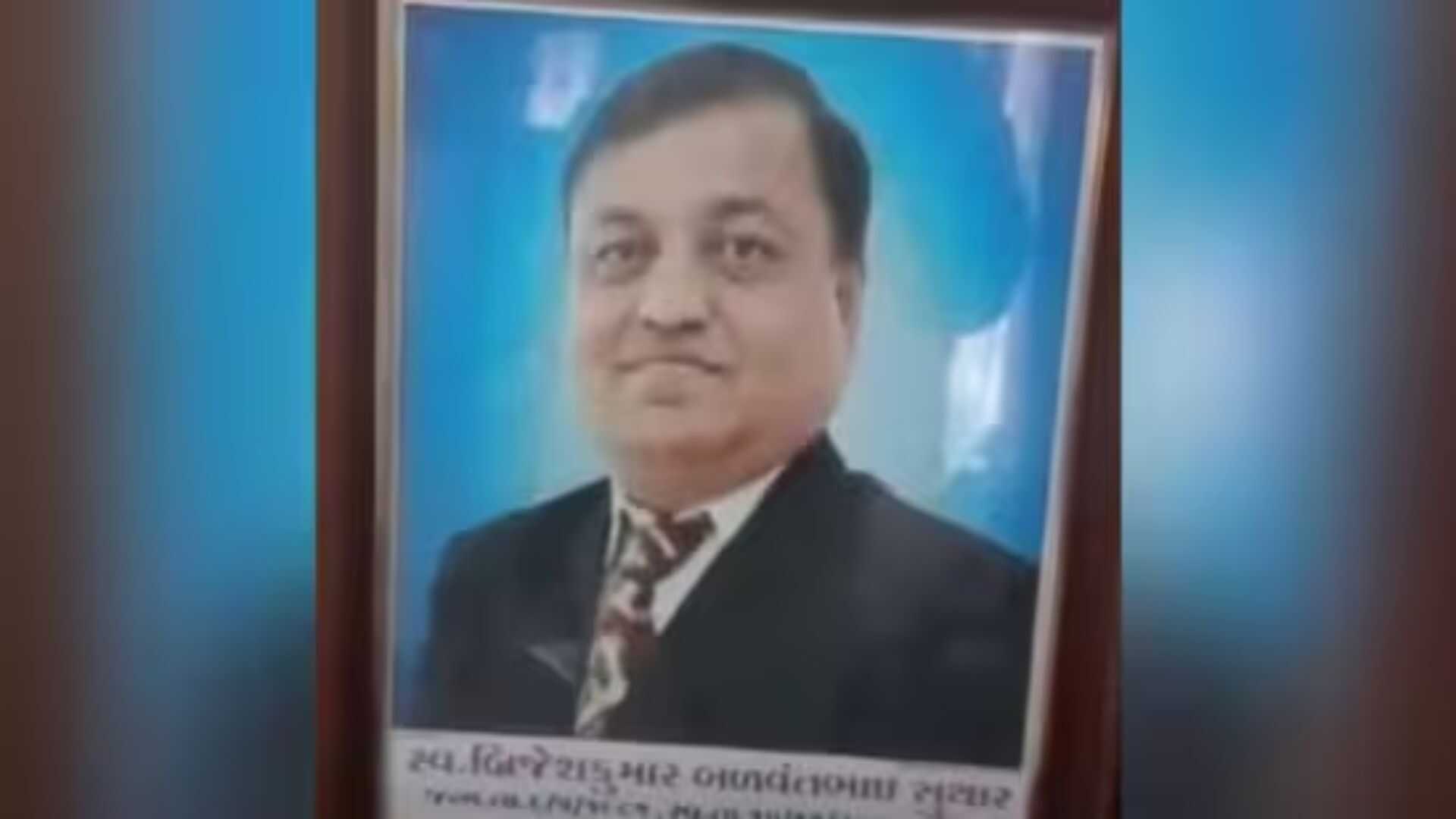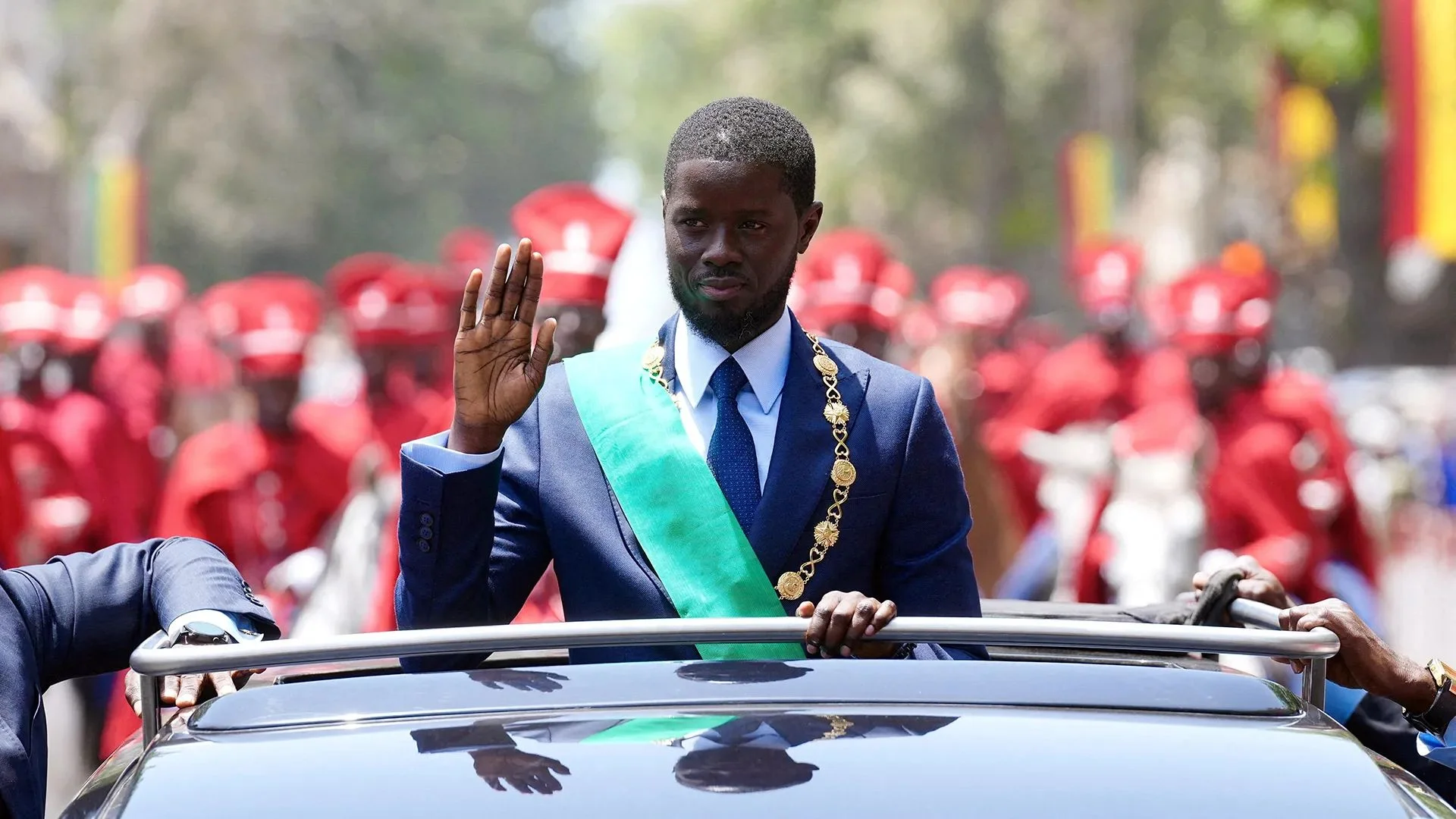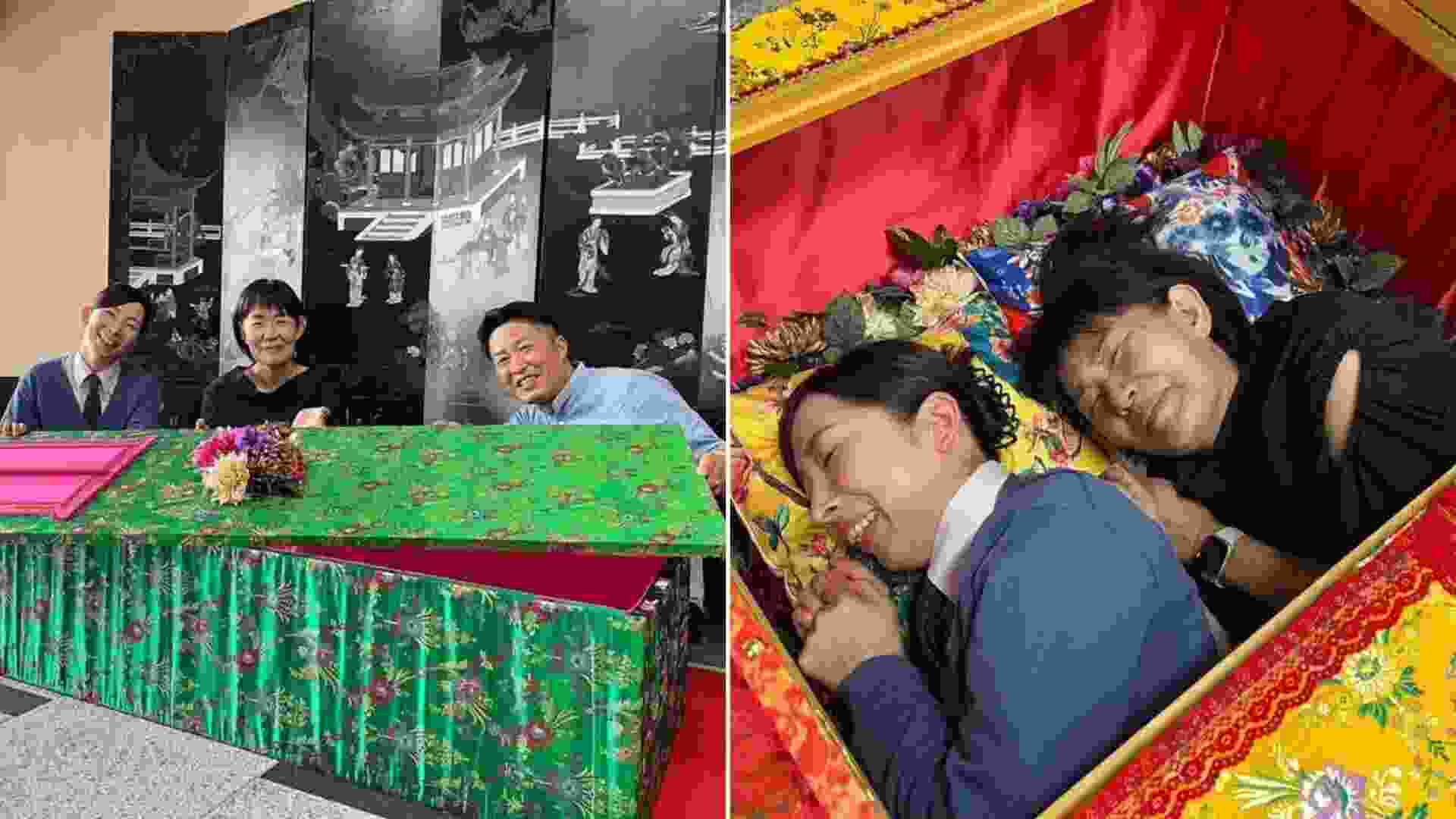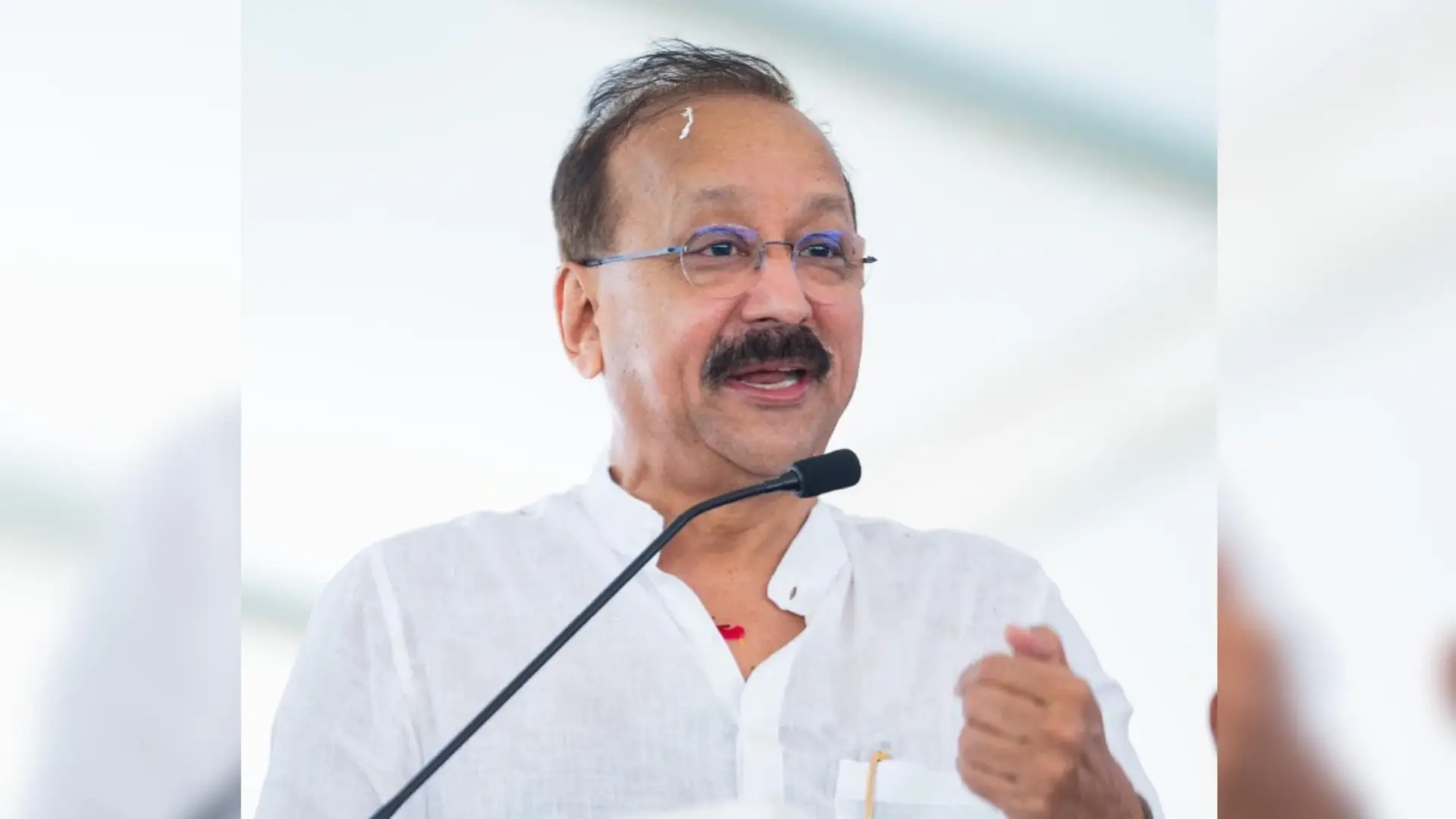
Dharmaraj Kashyap, one of the suspects in the murder of NCP leader Baba Siddique, underwent an ossification test in a Mumbai court to determine his age. His lawyer had claimed that Kashyap was a minor, but the test results on Monday revealed otherwise. Following this, the Esplanade court in Mumbai ordered Kashyap to be held in police custody until October 21. While Kashyap asserted he was 17 years old, his Aadhaar card indicated that he was 19.
An ossification test is a medical examination that assesses bone development to estimate a person’s age. It typically involves taking X-rays of specific bones, such as the clavicle, sternum, and pelvis, which are known to change significantly during growth. These bones are chosen because they harden and fuse at different ages as part of human development.
Although ossification tests are often used in legal cases like the one involving Baba Siddique, they are not deemed completely reliable. The Supreme Court has stated that while radiological examinations can be a helpful tool for determining age, their results are not definitive. According to a report from The Times of India, “Courts have always held that the evidence afforded by radiological examination is no doubt a useful guiding factor for determining the age of a person but the evidence is not of a conclusive and incontrovertible nature.”
